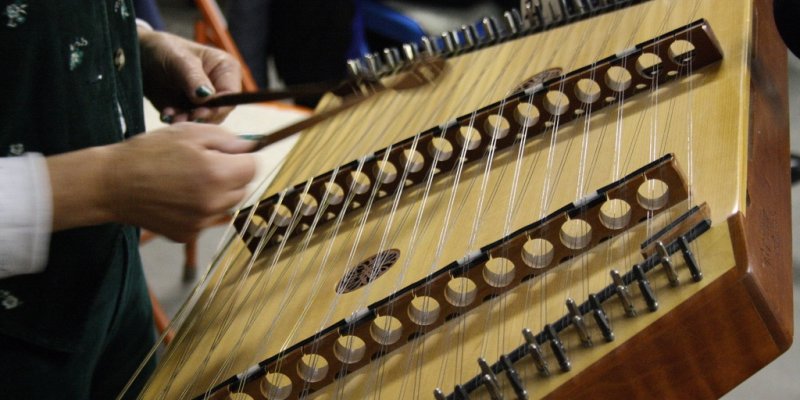
Natural Sound: Live instruments produce a natural, organic sound that many musicians and listeners find rich and expressive. The subtle nuances of a live performance, including variations in dynamics and articulation, can create a more engaging and authentic listening experience.
Human Touch: The physical interaction with an instrument allows for a wide range of expressions and techniques that are difficult to replicate digitally.
High-Quality Samples: Modern digital instruments use high-quality samples of real instruments, making it possible to achieve a sound that is very close to live instruments. Advances in technology have significantly improved the realism of MIDI instruments.
Consistency: Digital instruments provide consistent sound quality without the variables of a live performance, such as tuning issues or environmental factors affecting the sound.
Limited Sound Options: Each live instrument has its own unique sound, which can limit the range of tones and effects that can be achieved without additional equipment or multiple instruments.
Skill Requirement: Playing live instruments requires practice and skill, which can be a limiting factor for some musicians.
Wide Range of Sounds: MIDI instruments can replicate a vast array of sounds from different instruments, allowing for more creative possibilities in a single setup.
Ease of Use: MIDI instruments can be easily manipulated, edited, and integrated with other digital tools, making it easier to experiment with different sounds and arrangements.
Portability Issues: Many live instruments, especially larger ones like pianos or drum sets, are not easily portable and require significant space.
Maintenance: Live instruments need regular maintenance, tuning, and sometimes repairs to keep them in good condition.
Portability: MIDI controllers and digital instruments are generally more portable and require less physical space.
No Maintenance: Digital instruments do not require tuning or physical maintenance, making them more convenient for long-term use.
Initial Cost: High-quality live instruments can be expensive to purchase.
Ongoing Costs: Additional costs include maintenance, accessories, and potentially lessons or training.
Initial Cost: MIDI controllers and software can be more affordable than many live instruments.
Upgrades: While there may be costs associated with software upgrades or additional sound libraries, these are typically less frequent and less costly than the maintenance of live instruments.
Live Performances: Live instruments are often preferred for live performances due to their visual and auditory impact. They provide an engaging experience for both the musician and the audience.
Recording Challenges: Recording live instruments can be complex and require good acoustics, quality microphones, and sound engineering skills.
Live Performances: Digital instruments are becoming more accepted in live performances, especially in genres like electronic music. They offer ease of setup and flexibility in sound.
Ease of Recording: MIDI instruments can be recorded directly into a digital audio workstation (DAW) with minimal setup, making the recording process simpler and more accessible.
Spontaneity: Playing live instruments allows for spontaneous expression and improvisation that can be more challenging to achieve with digital tools.
Physical Interaction: The tactile feedback from playing a live instrument can enhance the creative process and connection with the music.
Editing Capabilities: MIDI allows for extensive editing and manipulation of performances, enabling precise control over timing, dynamics, and pitch.
Layering and Effects: Digital instruments make it easy to layer multiple sounds and apply a wide range of effects, expanding creative possibilities.
Both live instruments and digital instruments (MIDI) have their unique advantages and challenges. Live instruments offer a natural, expressive sound and a tactile playing experience, but they require maintenance and can be costly.
Digital instruments provide versatility, convenience, and ease of use, with high-quality samples that closely mimic real instruments. The choice between live and digital instruments ultimately depends on the musician’s needs, preferences, and the specific context of their music-making.
Many artists find that a combination of both live and digital instruments offers the best of both worlds, allowing for maximum creative flexibility and expression.

As a session singer, writer, and producer that has worked with over 300 clients to provide high-quality jingles, singles, and features, Yona spends her time creating and marketing new music and helpful resources for creators. Check out Yona’s latest releases on her Spotify, her Youtube and share if you like it!
If you are in need of singer, songwriter or song producer services, see what Yona Marie can offer you on her services page.